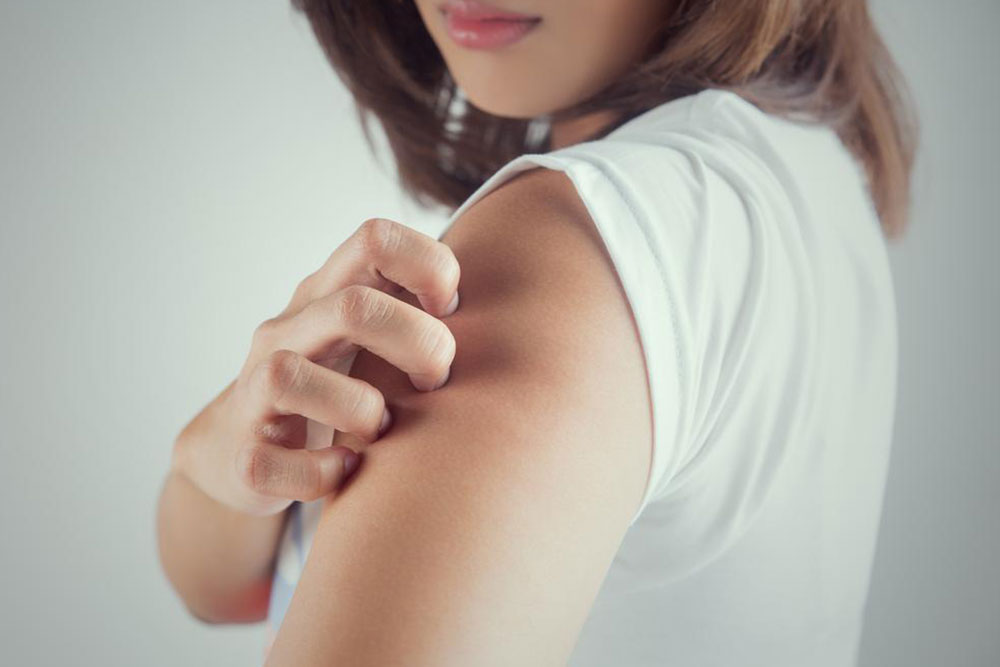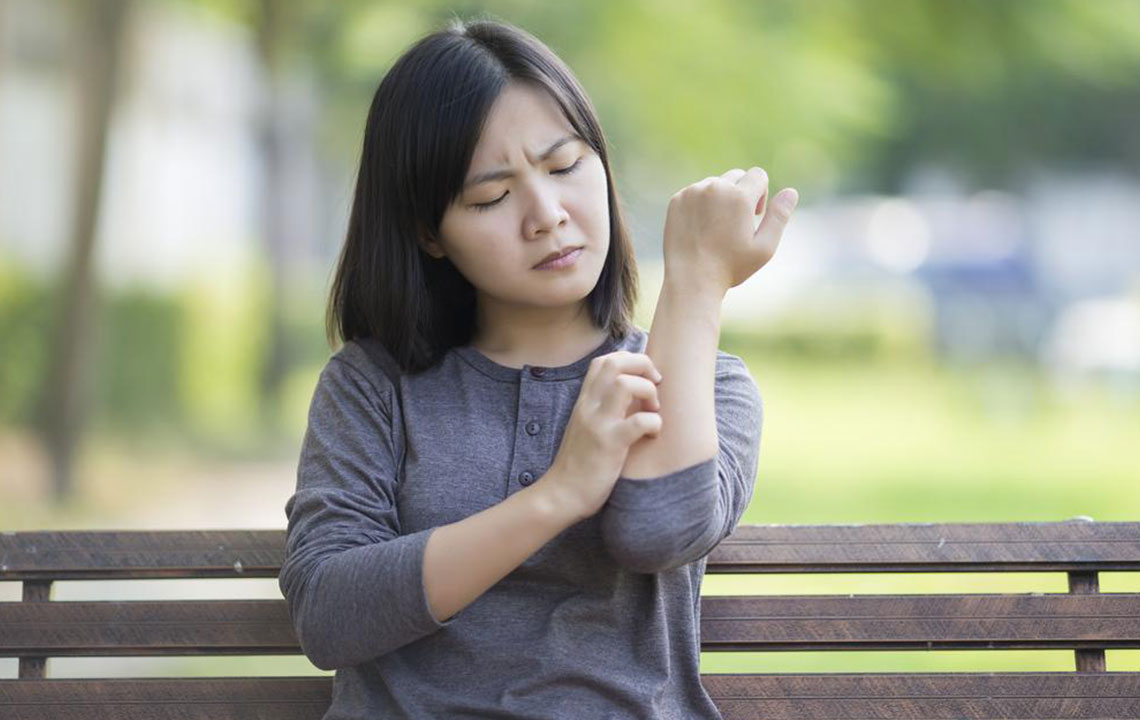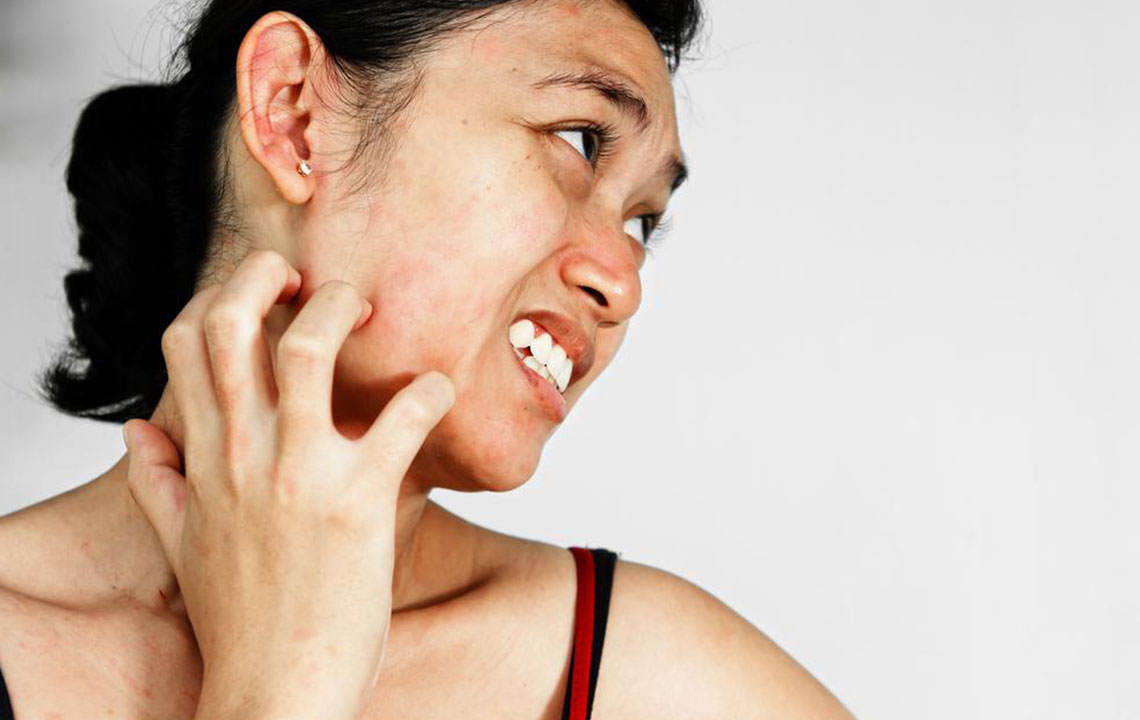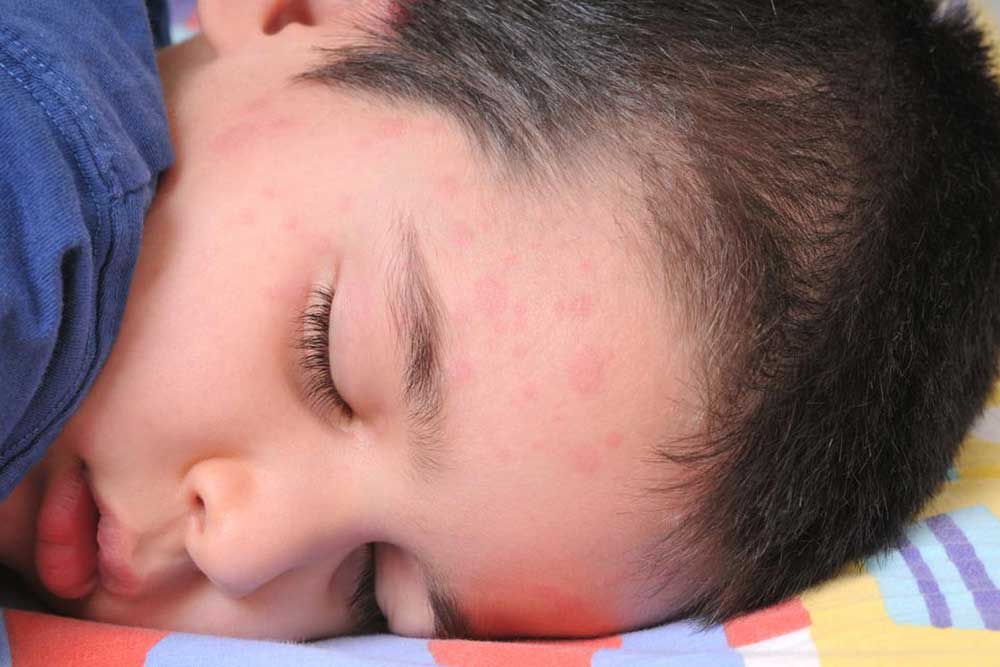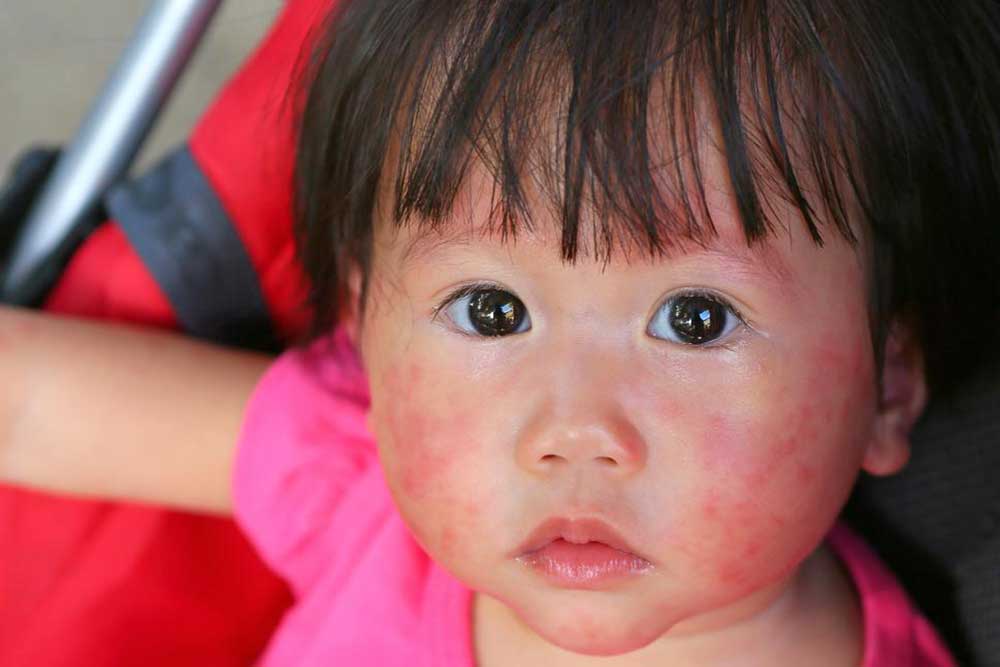Comprehensive Guide to Common Skin Rashes: Causes, Types, and Treatments
This comprehensive article delves into common skin rashes, exploring their causes, symptoms, and effective treatments. Learn how to identify conditions like eczema, granuloma, pityriasis rosea, and lichen planus. Understand when to seek medical advice for persistent or severe rashes and discover practical skin care tips to prevent and manage these dermatological issues. Perfect for anyone seeking detailed skin health guidance, this guide offers valuable insights into maintaining healthy, rash-free skin.
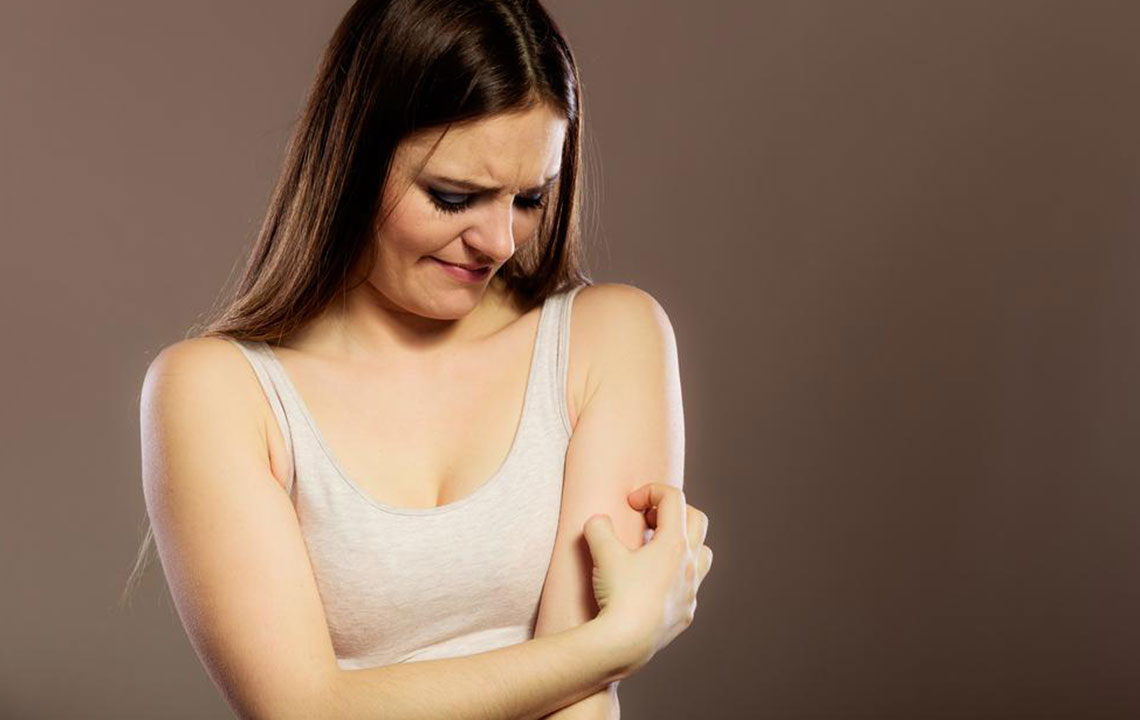
Comprehensive Guide to Common Skin Rashes: Causes, Types, and Treatments
Skin rashes are a common dermatological concern that can manifest as visible changes in the skin’s color, texture, or overall appearance. They are often signals of underlying irritation, inflammation, or infection. The appearance and severity of these rashes can vary widely, making accurate identification crucial for effective treatment. Rashes can be caused by a host of factors such as allergic reactions, environmental triggers, infections, or side effects from medications. In many cases, mild rashes resolve independently or with over-the-counter remedies, but persistent or severe cases warrant prompt medical attention for proper diagnosis and targeted therapy.
Understanding the different types of skin rashes is essential for effective management. Among the most commonly encountered are eczema, granuloma, pityriasis rosea, and lichen planus. Each condition presents with distinctive symptoms, appearances, and underlying causes. Recognizing the warning signs and associated symptoms can help determine when to seek professional healthcare services. This guide aims to explore these common skin rashes comprehensively, providing insights into their causes, symptoms, and treatment options, along with practical tips for skin care and prevention.
Categories of Skin Rashes:
Eczema (Atopic Dermatitis): A chronic, non-contagious skin condition characterized by red, itchy, inflamed skin. It affects individuals of all ages but is particularly common among children and young adults. Eczema commonly appears on areas such as the hands, elbows, knees, and facial areas in children, and on the hands and neck in adults. The condition results from a combination of genetic, environmental, and immune system factors. Treatment typically involves topical corticosteroids, moisturizers, antihistamines to control itching, and managing trigger factors including allergens and irritants.
Granuloma Annulare: This is a benign, chronic skin condition characterized by the appearance of red or skin-colored circular bumps called papules, often forming ring-shaped patterns. It is more common among young women, children, and healthy adults and usually develops on the arms and legs. The exact cause remains unclear, but it is thought to be immune-related. Treatment options include topical corticosteroids, intralesional steroid injections, and sometimes light therapy for more persistent cases. Most granulomas resolve over time with appropriate treatment.
Pityriasis Rosea: An acute, self-limiting skin condition that presents with large, pink, scaly patches primarily on the chest, back, and sometimes on the limbs. The initial lesion, called a herald patch, appears first, followed by a widespread rash of smaller patches that often follow skin lines. The exact cause is unknown, but a viral link—possibly related to human herpesvirus—is suspected. Although generally benign, it can cause mild itching. Sunlight exposure and moderate antihistamines can help alleviate symptoms. The rash typically resolves within 6-8 weeks without invasive treatment.
Lichen Planus: This immune-mediated inflammatory condition affects middle-aged adults and can manifest as shiny, flat-topped, reddish-purple bumps on the skin, particularly on the wrists, ankles, and neck. It may also involve mucous membranes like inside the mouth, leading to discomfort or difficulty eating or talking. Nail involvement can cause ridging or loss of nails. The exact cause isn’t fully understood, but it involves immune system dysfunction. Treatment usually involves topical corticosteroids, oral antihistamines for itching, or intralesional steroid injections in severe cases. Lichen planus tends to be persistent but manageable with appropriate therapy.
Other skin rash types stem from external triggers such as heat, medications, or irritant contact. Examples include heat rash, drug eruptions, psoriasis, and intertrigo. Managing these rashes involves avoiding causative factors, protecting skin from excessive sun exposure, and using OTC remedies such as calamine lotion or antihistamines to reduce discomfort. However, any rash that persists beyond a couple of weeks, worsens, or is accompanied by symptoms like fever, blistering, or severe pain should prompt consultation with a healthcare professional to determine the underlying cause and receive personalized treatment.

